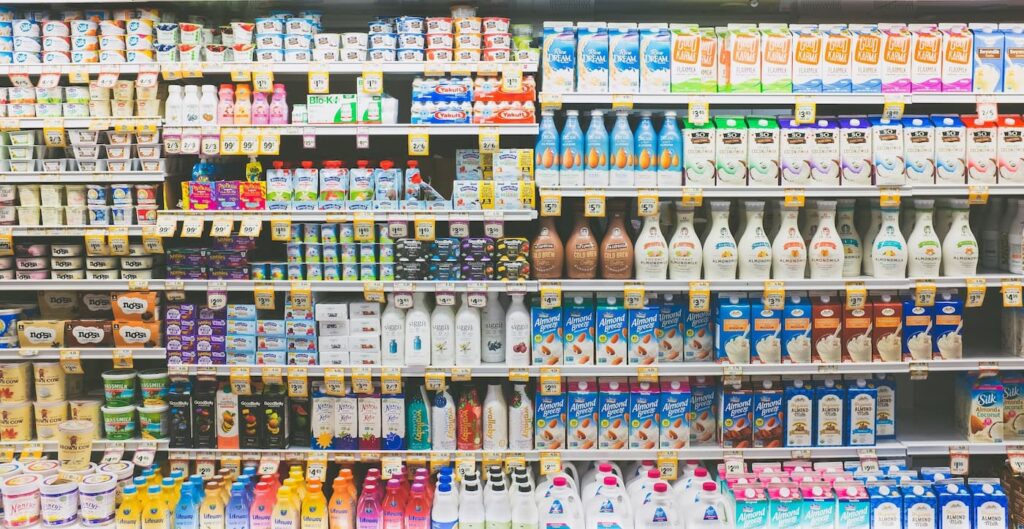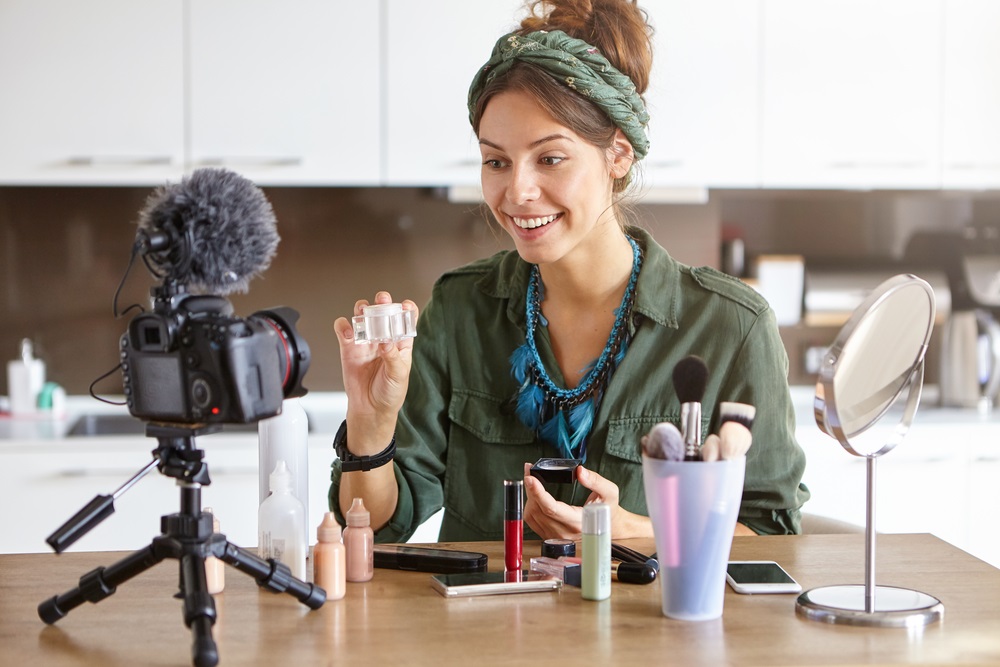A good product sampling campaign is a measured one. Without product sampling measurement, there is no way to know how effective the campaign is. But what should you measure when you want to assess a marketing campaign?
The simple fact is that product sampling measurement is a rather complicated process. However, you can find a few metrics in every product sampling program, and by assessing them, you can determine the program's success.
The sample-to-purchase ratio, customer retention, and ROI are among the most important measurements for a campaign. Yet, there are a few more metrics that are very important as well.
Keep reading to find out.
What metrics should you consider to measure product sampling?
First things first, when you set up a product sampling campaign, you must set specific goals. The goals or KPIs that you set at the beginning of your campaign are ultimately things that you want to measure.
Ask yourself:
- Do you want to gain new customers?
- Encourage old customers to buy new products? Or more products?
- Do you want to gain customers in a specific target group?
When you have clear answers for these questions and have written down your goals for your product sampling program, you basically have the metrics you need to measure.
Some general metrics that may apply to every campaign are:
- Sample-to-purchase ratio
- Customer gain
- User retention
- Frequency of purchase
- The interval of purchases
- User feedback
- Customer satisfaction
- Amount and number of sales
- Return of the investment
Read more: Experiential Marketing: Taking Your Business to the Next Level

How to measure product sampling campaigns?
When you have your metrics or key parametric indexes clear, your next task is to actually measure them.
Sample to purchase ratio
No matter what the goal of your campaign is, you always need to know what percentage of people who got your sample ultimately made a purchase.
To be able to calculate this metric, you need to be able to keep track of your customers after sending them free products to see if they return to make a purchase or not.
This simple metric in product sampling measurement is very tricky to calculate when using traditional sampling methods, like in-store sampling. Still, it is relatively easy if you are using a product sampling platform or modern digital product sampling methods.
Read more: Digital Product Sampling vs. Traditional Product Sampling
New customers
If your goal is to gain new customers in your product sampling campaign, you can measure how many new customers you gained. Customer acquisition cost (CAC) is an essential metric in every business for product sampling measurement.
To calculate this metric, you need to know your existing customer base and be able to keep track of new customers who are only making purchases or joining you after the product sampling campaign.
You also need to be able to differentiate between new customers you gained during the same period from other channels.
Basically, if you can keep track of people to whom you give out your free samples, you can see how many made a purchase afterward and how many were new customers.
Read more: How much does product sampling cost? Is it worth it?
Retention
If your goal is to make old customers make a new purchase, you can measure your retention rate before and after running a product sampling campaign.
To calculate your retention rate in product sampling measurement before and after a product sampling campaign, you must have previously calculated the retention rate of your users.
This means you must know what percentage of your customers come back to make a second purchase in a certain period of time.
For this purpose, you must have kept a detailed list of your existing customers to cross-check after running a product sampling campaign to see if the retention rate in the same period of time has increased or not.
While calculating the retention rate of your existing users after running a product sampling campaign might sound like an ordeal, it is pretty easy if you choose to run your campaign with a product sampling platform that analyzes the data for you.
Read more: 30 Ways to Actually Increase Sales Online – Proven Methods
The frequency or interval of purchase
If your goal is to make your returning customers buy more of your products, or buy products more often, you can measure the frequency or the interval of your purchase before and after running the campaign.
To be able to measure the frequency of purchase, you must have calculated this metric before running your product sampling campaign. For example, in product sampling measurement you must have recorded how many purchases an average loyal customer makes in a year or month.
After running the product sampling campaign, you must keep recording the number of purchases during the same period to measure the success of your campaign.
To measure the interval of purchases, you must have previously recorded how long it takes a returning customer to make a second purchase, and after that, how long it takes them to make a third purchase, and so on.
While the purchase interval is a great metric, it is mainly used for products that people regularly use, like cosmetics, shampoos, and clothes.
The interval of purchase is not an excellent metric if you offer a product or service with a long sales cycle.
For example, suppose you have an online medical counseling service, and you give out free counseling sessions in your product sampling campaign. In that case, it might not directly affect your user interval of purchase, as your users only use your platform as they need it.
Feedback
Regardless of your goals, it is always good to get user feedback after a product sampling campaign to see what is working and what needs improvement.
You can measure the feedback itself (to see how many users are willing to give their opinion on your product) or measure their positive or negative response towards your product.
With traditional sampling methods, you lose access to samplers, as they can walk away, and you don't get to hear their opinions, and thus it breaks the product sampling cycle.
Some people may even come and collect a bag of goodies with no intention of giving you any feedback.
By using online product sampling platforms in product sampling measurement, you can make sure you always have access to your samplers, and the platform makes sure you get feedback as well.
Customer satisfaction rate
Giving out free samples is a way to test new products before a full-scale launch, but it also helps keep the customers happy. Customer satisfaction rates can be measured before and after a product sampling campaign.
Measuring customer satisfaction with traditional sampling methods has its problems, as mentioned above. Still, in product sampling measurement it is important to note that the feedback you get in a traditional method might not even be sincere.
People may give out compliments and smile to the person who gives them the sample to show politeness. Moreover, you need to ensure that your sales rep records people's reactions and comments with exact details.
Using a digital product sampling platform, you can make sure that you get feedback and be more certain of their sincereness. Studies have shown that people are more honest online and are more open to sharing their real feelings without the fear of hurting anyone's feelings.
Increase in sales
An increase in the amount and number of sales is the end goal of every business. With simple bookkeeping, you can easily measure your sales before, during, and after your product sampling campaign. However, it gets tricky if you have other active marketing campaigns.
For example, suppose you are active in social media or aired a TV ad while running your product sampling campaign. In that case, there's no sure way to know what percentage of sales came through which channel unless you have thought about differentiating them beforehand.
If you choose to run your product sampling campaign through a digital product sampling platform, you can precisely calculate the number of sales generated by this channel as these digital platforms track your users.
Read more: E-Commerce & Digital Product Sampling – A Perfect Marriage
ROI
Saving the most important KPI for the last! Increasing ROI or return of investment is the ultimate goal of every marketing effort, and that's the same for product sampling as well.
Product sampling helps brands and companies increase their ROIs by tweaking the sales funnel to get the best results.
To be able to calculate the ROI of your product sampling campaign, you must know precisely how much you are spending and how much money you will get back afterward. This can be easy if you track your samplers.
But there is a twist, what if your packaging is the thing that decreases your ROI? How would you know?
What if you could increase your ROI dramatically if you choose to send your samples to a certain group of people who are already interested in your products? Where can you find them?
By using a digital product sampling platform, you can gain access to different groups of people and choose those already interested in your product. You can also have a cost breakdown of your campaign to know what you can improve on or where you can save money.

Measuring product sampling at a glance
The only way to know the success of a product sampling campaign is to measure it.
To product sampling measurement, you first need to set goals and define metrics. In general, to measure the success of a product sampling campaign, you need to keep track of your samplers and keep the communication channels open. This is a lot easier if you choose to run your campaign digitally.
If you decide to give digital product sampling a try, Peekage comes highly recommended. Peekage is a digital product sampling company that increases sales through targeted product exposure, insights, and streamlined feedback collection.
Key takeaway
- To measure the success or failure of a product sampling campaign, you first need to define your goals.
- The goals of your campaign are the KPIs (key parametric indexes) that you need to track.
- To measure CAC or customer acquisition cost in a campaign, you need to know how much money you are spending for each new user that you gain.
- To measure retention rate, you must have details of your existing customers and be able to track your samplers.
- To measure sales interval and frequency, you need to have detailed customer-specific information on your previous sales and keep track of your customers after the product sampling campaign.
- To measure your users' feedback, you need to make sure that you don't lose your access to them after receiving the sample and provide a safe environment for them to give their honest opinion without the fear of being judged as harsh or impolite.
- To measure ROI or return of investment, you need to meticulously track your cost and your customers to calculate how much money you are getting back.
- Most of these KPI measurements are extremely difficult if you decide to run a traditional product sampling campaign.
- Digital product sampling platforms are a safe way to keep the communication channels with the samplers open and keep measuring their ideas and reactions.
- Peekage is a digital product sampling platform that helps you run a measured campaign headache-free.




